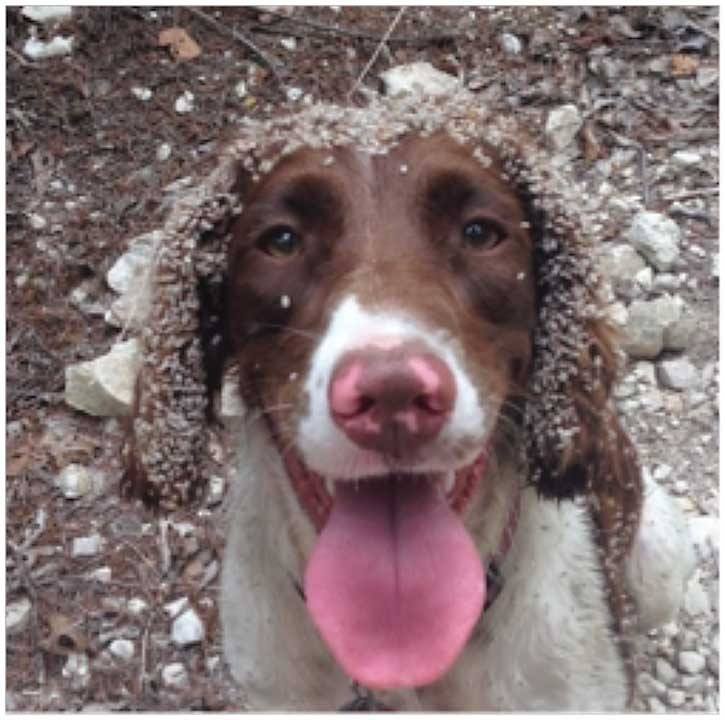SUBMITTED
East Kootenay Invasive Plant Council
This time of year is perfect for backcountry trips by ATV, mountain bike, foot or horseback. In order to preserve the important characteristics of our backcountry ecosystems, users should be aware of unintentional sources of weed contamination while in the backcountry.
Mechanized rides (ATV, 4×4, bikes) should be thoroughly checked and cleaned of mud, dirt and hidden seeds or roots before and after entering the backcountry. Users need to stick to designated trails or roads, and avoid picking up or spreading weeds or damaging grasslands and riparian areas by careless travel.
Something a little more challenging to deal with is the spread of invasive species through contaminated hay or feed for pack animals, or hidden in clothing or pets’ fur.
This year’s hot and dry summer has created a local shortage of hay. Many hay users have already purchased hay from outside their local community for supplemental feeding or to use in the backcountry. Hay imported from even short distances might contain weed species not seen locally. It is not uncommon for hay fields to be contaminated with invasive species such as thistle, knapweed, burdock, oxeye daisy, tall buttercup and wild caraway.
“Some people are just not aware that pretty little flowers like oxeye daisy and tall buttercup (to name a few) can affect backcountry ecosystems. Non-native species will generally outcompete native vegetation, often reducing available forage for wildlife,” says Allana Oestreich, habitat biologist with the Ministry of Forests, Lands and Natural Resource Operations in Cranbrook. “Steps should be taken to avoid introducing invasive weed species into backcountry areas, and that starts with knowing your invasive species, knowing what you can do to prevent spreading them, and if you find weeds take the time to pull them. We can all be a part of the solution.”
Hardest hit by the unintentional introduction of weed species by backcountry users are riparian areas. Riparian zones (found along the margins of creeks, rivers, wetlands and lakes) often have the highest biodiversity within an ecosystem. Riparian areas are frequently used as camp sites; are travel corridors for hikers, bikers, riders and ATVs; and are used for water by humans, pets and pack animals. “It is up to the backcountry user to perform their due diligence,” states Oestreich.
This includes ATVs, mountain bikes, hikers with companion animals — all backcountry users can unintentionally impact the backcountry and riparian areas if they are not aware of hidden burs, seeds or contaminated mud transported in laces and on vehicles, fur or clothing.
“Part of the issue is that people might think, ‘Well, that weed is everywhere, so why bother?’ But if we are all willing to do our part, we can all actually become part of the solution — not part of the problem,” says Cathy Conroy, terrestrial invasive species co-ordinator with the East Kootenay Invasive Plant Council (EKIPC). “A few simple steps can increase the likelihood that you are part of the solution, and the first one is learn some common weed species.”
Here is how backcountry users can help:
• Know your weed species. Contact EKIPC at 1-888-553-5472; go to www.ekipc.com, www.bcinvasives.ca or www.invasive.org for resources and more information.
• Do not transport weed-infested hay.
• Purchase local weed-free compressed bales or weed-free hay cubes.
• Clean your equipment, clothing and ride before and after entering the backcountry.
• Check your camp or rec site for weed species. Spend a few minutes hand pulling, and carefully bag and carry out weeds collected, or carefully burn them in your fire pit.
• Report any weed infestations by calling EKIPC at 1-888-553-5472 or by using the provincial Report-A-Weed app (www.reportaweedbc.ca).
